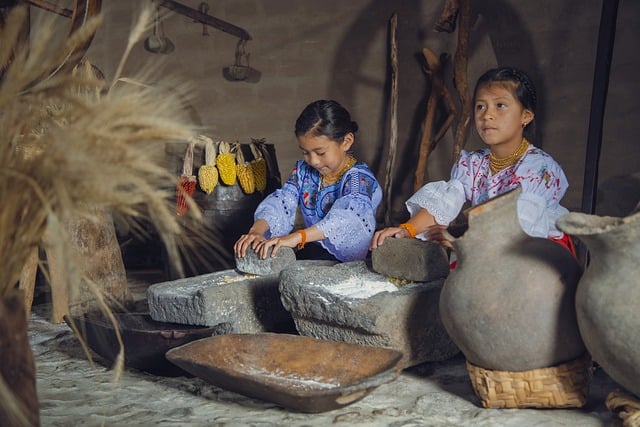The story of television is intertwined with the evolution of display technology, a journey that has continually reshaped our cultural landscape. Each advancement in visual technology not only enhances our viewing experience but also serves as a reflection of societal changes, values, and preferences. From the grainy black-and-white images of early broadcast to the stunning high-definition visuals of today, television has evolved into a powerful tool for storytelling that resonates with audiences across generations.
In the early days, TVs were bulky, boxy devices with small screens that limited the way stories could be visualized. These limitations forced creators to focus on dialogue and character development, laying the groundwork for the rich narratives that we enjoy today. However, as display technology progressed—paving the way for larger, clearer, and more vibrant monitors—the cinematic quality of television increased exponentially. This transition not only revolutionized the entertainment industry but also transformed viewers’ cultural experiences, creating a shared space where stories could evoke emotions and provoke thought.
High-definition and 4K technology have elevated television into an immersive experience, enabling intricate details that breathe life into the characters and settings. The cultural impact of such advancements is profound; shows that were once limited by technology can now tackle complex narratives that resonate deeply with audiences. With captivating visuals, the stories become more than mere entertainment—they evolve into a shared cultural phenomenon, sparking conversations and creating communal bonds among viewers. Take, for instance, the sweeping landscapes of fantasy series or the intricate details of modern dramas that draw us into their worlds, making us feel connected to the stories like never before.
Additionally, innovations like smart TVs have further intertwined technology with our cultural consumption. The rise of streaming services has changed the way stories are delivered, allowing for on-demand viewing that empowers audiences with choice and control, reshaping viewing habits and social interactions. No longer bound to a fixed schedule, viewers can engage with content that reflects the diverse tapestry of society, amplifying underrepresented voices and stories. This shift has a significant cultural impact; narratives that once went unheard are now able to find their audience, fostering a greater sense of inclusivity.
As we look to the future of television and display technology, the advancements herald a new era of visual storytelling. The introduction of virtual reality and augmented reality offers limitless possibilities that bridge the gap between reality and imagination. It is an exciting frontier, where the lines between viewer and participant blur, enhancing the cultural experience by making it more interactive and engaging.
In essence, the evolution of visual storytelling through display technology has had a profound cultural impact on society. As television continues to grow and innovate, it remains a mirror reflecting the concerns, dreams, and complexities of our world, allowing us to connect with one another through shared stories that resonate across cultural boundaries. With each technological advancement, we are gifted the opportunity to experience art in new ways, reminding us of the power that television holds in shaping our collective consciousness.




